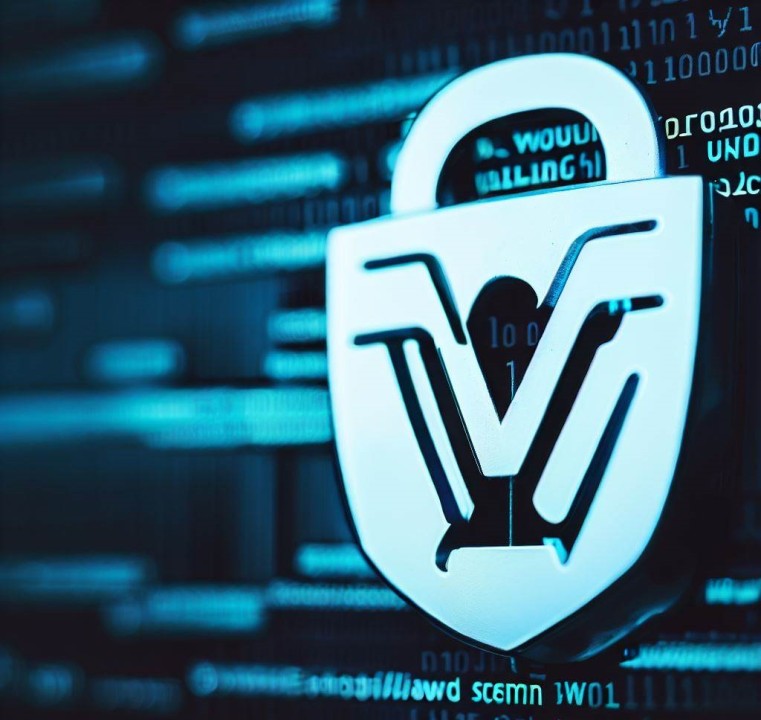Understanding WordPress Vulnerabilities: A Primer for IT Companies
Understanding WordPress vulnerabilities is crucial for IT companies to safeguard their online presence. WordPress, being one of the most widely used content management systems, is often targeted by cybercriminals due to its popularity.
Vulnerabilities can stem from various sources, including outdated core files, themes, or plugins, weak authentication mechanisms, and insecure hosting environments.
IT companies must grasp the common attack vectors such as SQL injections, cross-site scripting (XSS), and brute force attacks to fortify their defenses.
By staying informed about WordPress vulnerabilities and employing proactive security measures, IT companies can mitigate risks and ensure the integrity of their online platforms.
Choosing Secure WordPress Hosting for Your IT Company
Selecting secure WordPress hosting is paramount for the best IT companies to maintain a robust online presence. A reputable hosting provider offers essential security features such as SSL/TLS encryption, firewall protection, and malware scanning.
Factors like server reliability, scalability, and regular backups are equally crucial to ensure continuous uptime and data integrity.
IT companies must assess the hosting provider’s track record, reviews, and security certifications to make an informed decision.
Additionally, opting for managed hosting services can offload security responsibilities, allowing IT professionals to focus on core business tasks. By choosing secure WordPress hosting, IT companies can fortify their websites against cyber threats and uphold client trust.
Implementing Secure Authentication Measures in WordPress
Implementing secure authentication measures in WordPress is paramount to fortify IT company websites against unauthorized access.
Utilizing strong passwords, preferably generated by password managers, coupled with multi-factor authentication (MFA), adds layers of security.
WordPress plugins like Two Factor Authentication (2FA) enhance login security by requiring a secondary verification method. Limiting login attempts and enforcing password complexity further bolster defenses against brute force attacks.
Regularly auditing user accounts and promptly revoking access for inactive or compromised accounts is essential. By prioritizing secure authentication measures, IT companies can mitigate the risk of unauthorized access and safeguard sensitive data stored on WordPress platforms. This diligence aligns with a WordPress new feature, enhancing user management capabilities and bolstering website security. Implementing these practices not only fortifies defenses against cyber threats but also ensures compliance with evolving security standards, fostering trust and confidence among clients and users alike.
Keeping WordPress Core, Themes, and Plugins Updated
Keeping WordPress core, themes, and plugins updated is vital for maintaining the security and performance of IT company websites. Regular updates address security vulnerabilities, patching potential entry points for cyberattacks.
By staying current with the latest versions, IT professionals ensure compatibility with new features and functionalities while mitigating the risk of software conflicts or compatibility issues.
Automated update mechanisms and staging environments streamline the update process, minimizing downtime and disruptions to website operations.
Prioritizing timely updates demonstrates a commitment to security and helps safeguard against evolving cyber threats, ensuring the integrity and reliability of WordPress websites for IT companies and their clients.
Securing WordPress Admin Access: Tips for IT Professionals
Securing WordPress admin access is paramount for IT professionals to prevent unauthorized entry and protect sensitive data.
Utilizing strong, unique passwords and implementing multi-factor authentication (MFA) add layers of defense against brute force attacks.
Renaming default login URLs and limiting login attempts further fortify access points. IP whitelisting restricts admin access to trusted networks, enhancing security.
Regularly auditing user permissions and promptly revoking access for former employees or inactive accounts minimizes insider threats.
By adopting these proactive measures, IT professionals can mitigate the risk of unauthorized access and maintain the integrity of WordPress admin areas for IT companies and their clients.
Utilizing Firewalls and Security Plugins for WordPress
Utilizing firewalls and security plugins is integral to fortifying WordPress websites against cyber threats. Firewalls, both at the server and application levels, filter malicious traffic and block unauthorized access attempts.
Security plugins offer additional layers of protection by scanning for vulnerabilities, detecting malware, and enforcing security protocols.
Features like intrusion detection systems (IDS) and web application firewalls (WAF) provide real-time monitoring and mitigation of suspicious activities.
Regular updates and configurations ensure optimal performance and resilience against emerging threats.
By incorporating robust firewalls and security plugins, IT professionals bolster the defense mechanisms of WordPress websites, safeguarding sensitive data and preserving the online presence of IT companies and their clients.
Implementing HTTPS for Enhanced Security in WordPress
Implementing HTTPS is imperative for enhancing security in WordPress websites. HTTPS encrypts data transmission between the user’s browser and the web server, thwarting eavesdropping and tampering attempts.
It safeguards sensitive information, such as login credentials and personal data, from interception by malicious actors. Furthermore, HTTPS is essential for maintaining trust and credibility with users, as modern browsers display warnings for non-secure connections.
Implementing HTTPS involves acquiring an SSL/TLS certificate and configuring the web server to use HTTPS protocol.
By prioritizing HTTPS, IT professionals bolster the security posture of WordPress websites, ensuring data privacy and fostering user confidence in IT company platforms.
Conducting Regular Security Audits for WordPress Websites
Regular security audits are essential for maintaining the integrity of WordPress websites. These audits involve comprehensive assessments of the website’s security posture, including vulnerability scans, code reviews, and penetration testing.
By identifying potential weaknesses and security gaps, IT professionals can proactively address issues before they are exploited by cybercriminals.
Regular audits also ensure compliance with industry standards and regulations, enhancing trust and credibility with users. Additionally, audits help IT companies stay abreast of emerging threats and evolving cybersecurity best practices.
By conducting regular security audits, IT professionals demonstrate their commitment to safeguarding sensitive data and preserving the trust of their clients.
Educating Employees on WordPress Security Best Practices
Educating employees on WordPress security best practices is paramount to bolstering IT company defenses. Training initiatives should cover topics such as password hygiene, recognizing phishing attempts, and avoiding malicious plugins or themes.
Employees should understand the importance of keeping software updated and adhering to access control policies.
Regular security awareness sessions reinforce vigilance against evolving cyber threats and cultivate a security-conscious culture within the organization.
By empowering employees with knowledge and skills to identify and mitigate security risks, IT companies can significantly reduce the likelihood of breaches and safeguard sensitive data stored on WordPress platforms, ensuring the resilience of their online presence.
Creating a Disaster Recovery Plan for WordPress Websites
Creating a robust disaster recovery plan for WordPress websites is essential for IT companies to minimize downtime and mitigate data loss in the event of a cyberattack or system failure.
The plan should outline procedures for backing up website data regularly, storing backups securely, and testing restoration processes.
It should also designate roles and responsibilities for IT personnel during a crisis and establish communication protocols for notifying stakeholders. Regular drills and simulations ensure readiness to execute the plan effectively.
By prioritizing disaster recovery planning, IT companies can swiftly recover from disruptions and uphold the continuity of their online presence, preserving client trust and credibility.




